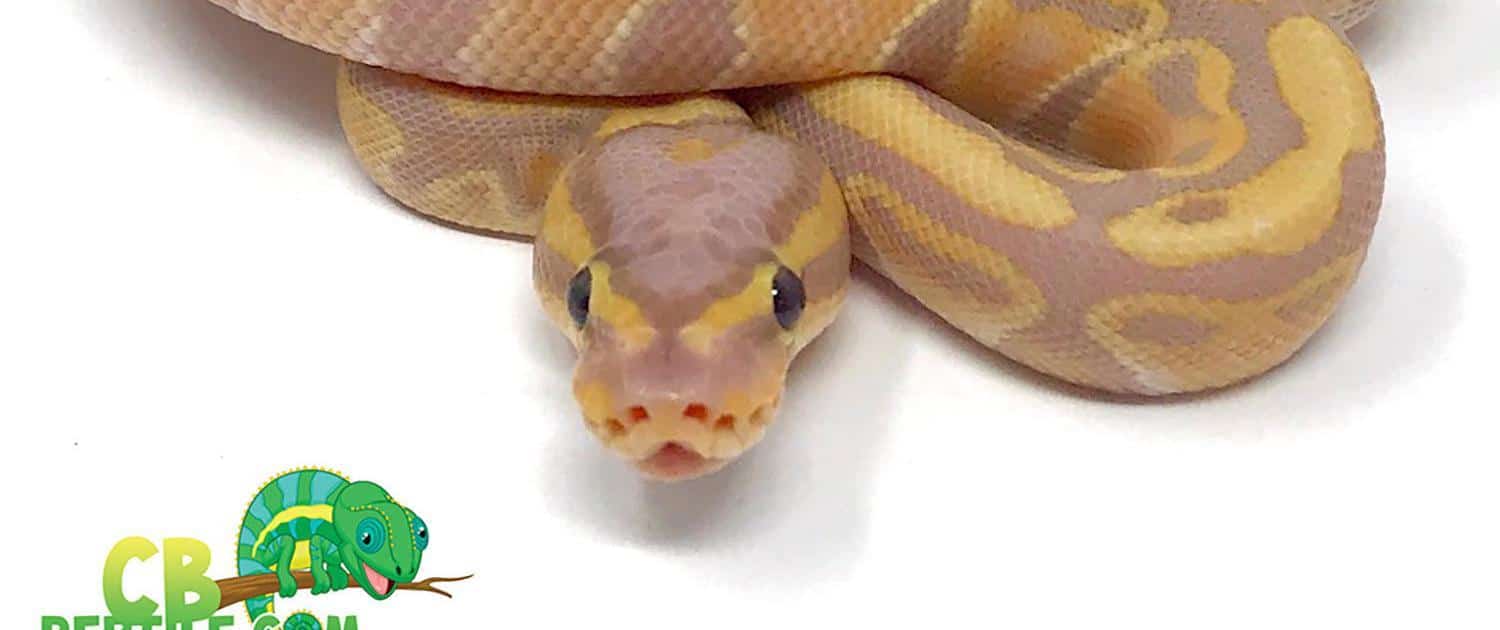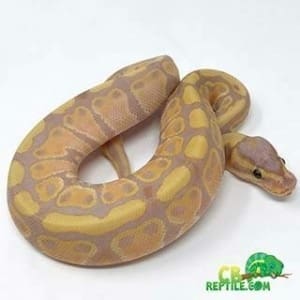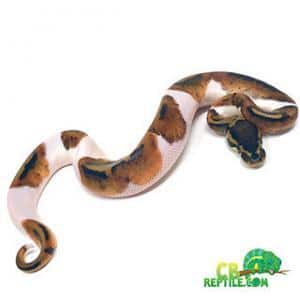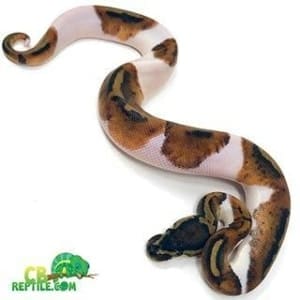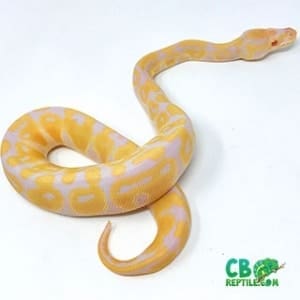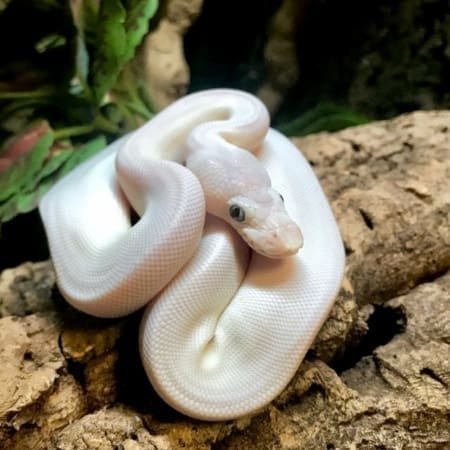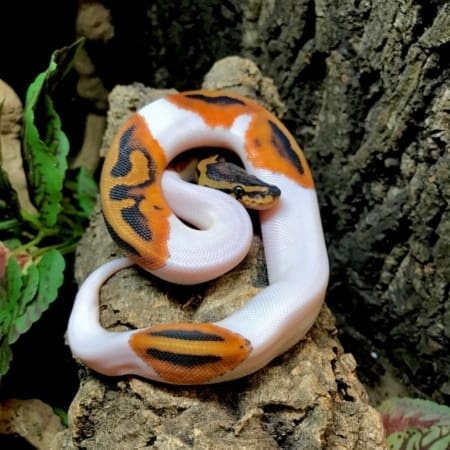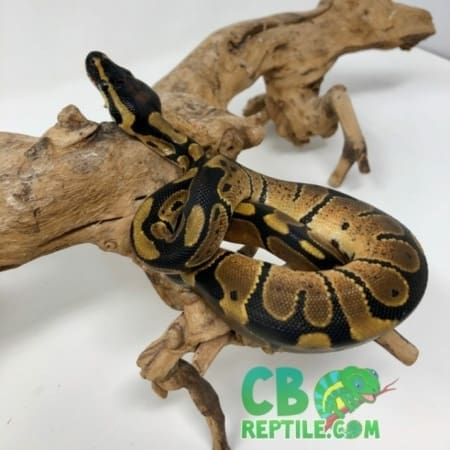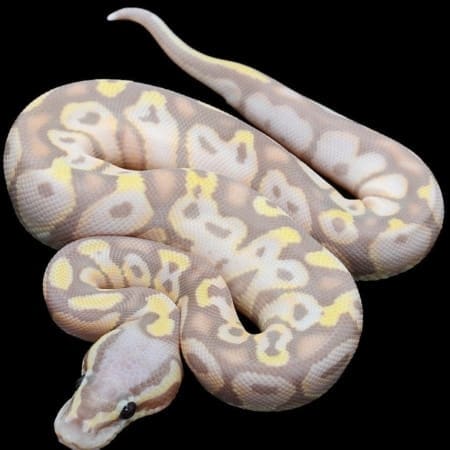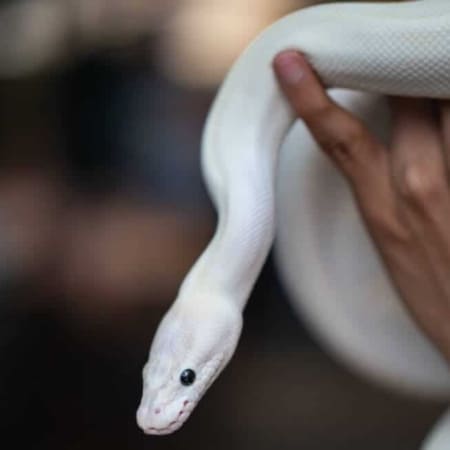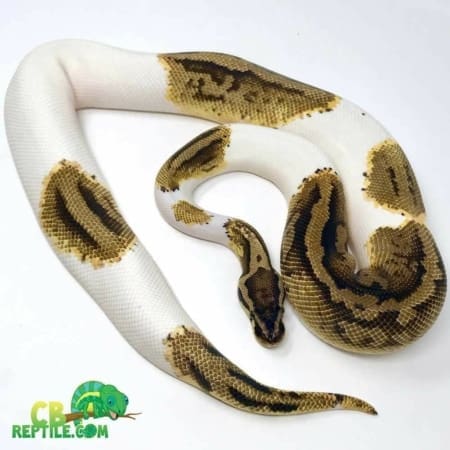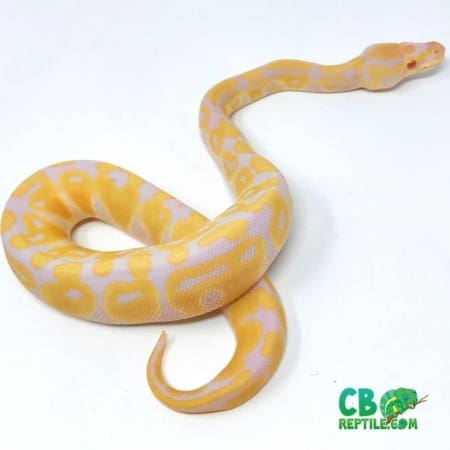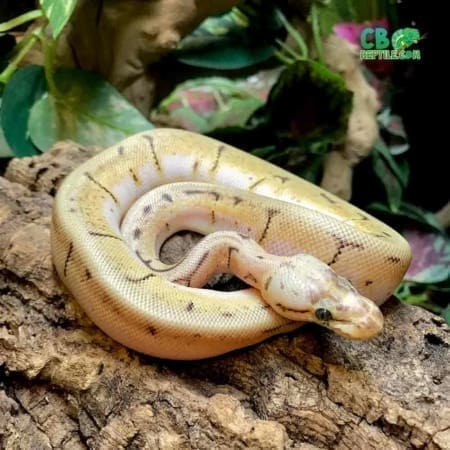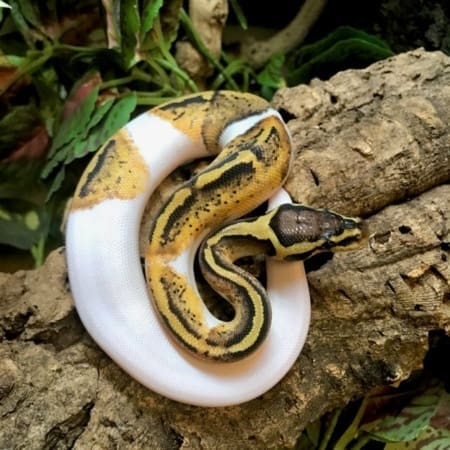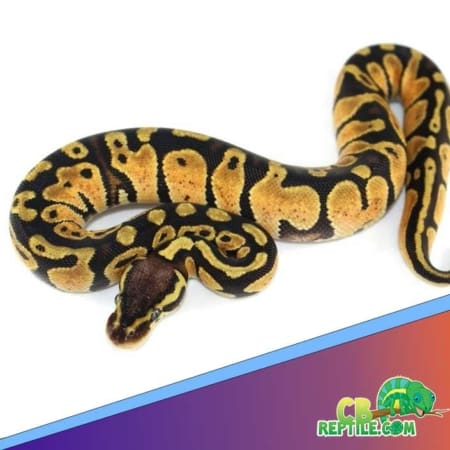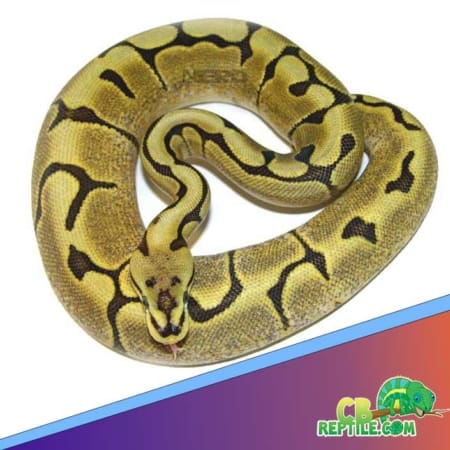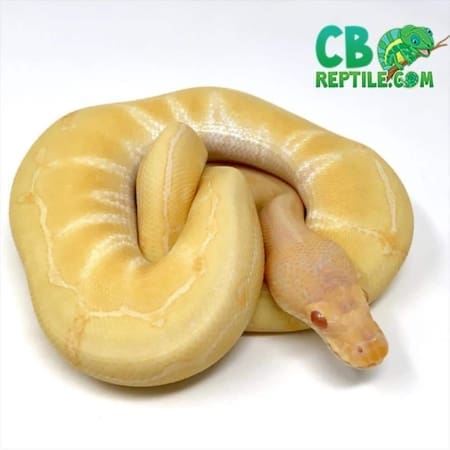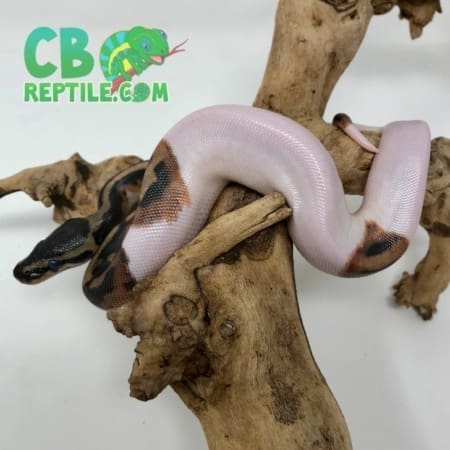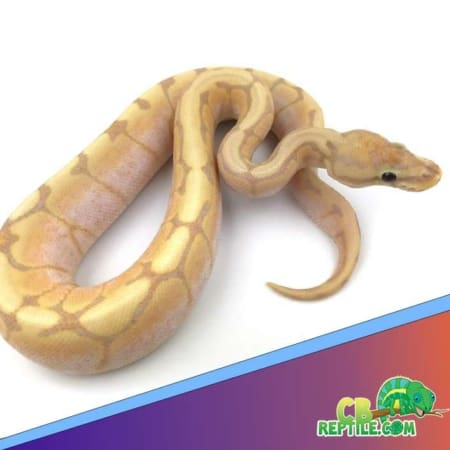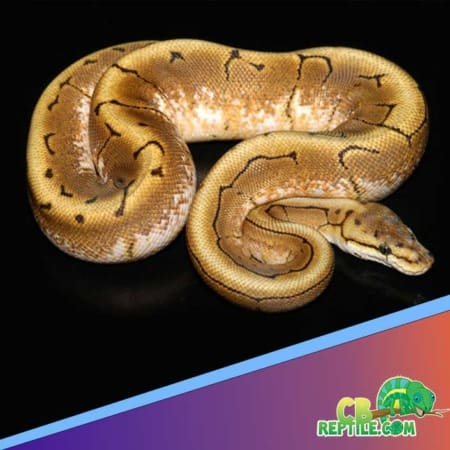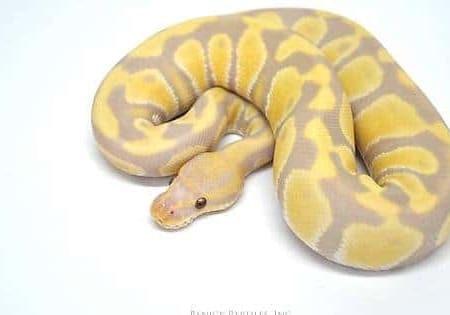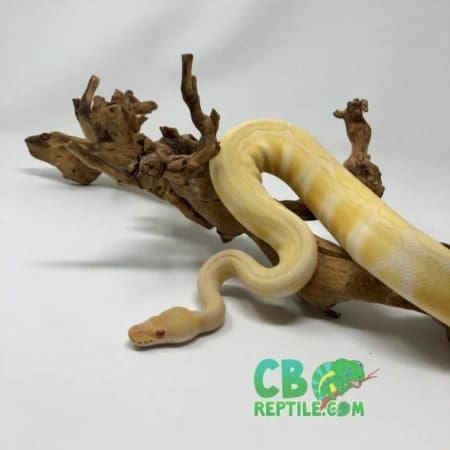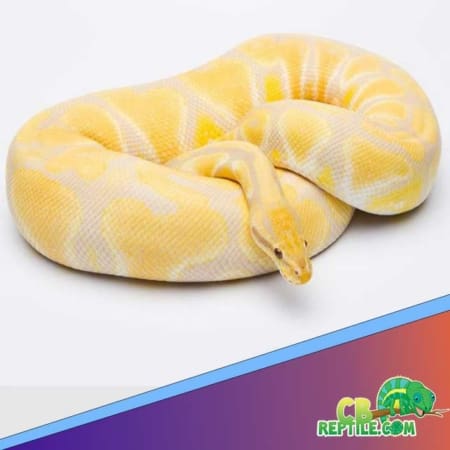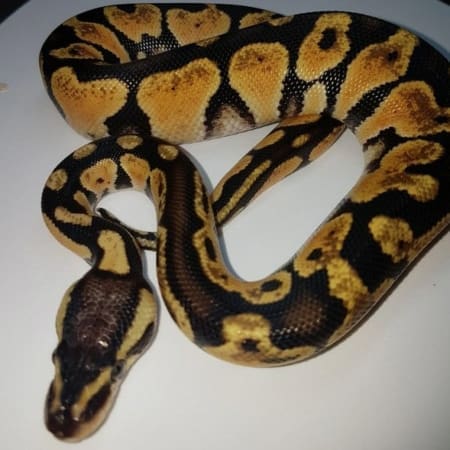Ball Python Care Sheet
Below you will find a wealth of ball python care information provided by our biologist. Take some time to explore some of the various ball python care sections of our website. Learn about proper ball python keeping including:
- ball python care guide
- ball python diet
- ball python temperature
- humidity for the ball python
- ball python habitat
- water and the ball python
- pet ball python lighting
- handling a ball python
- ball python substrate
- baby ball python size
- ball pythons for sale
- pet ball python size
- pet ball python lifespan
- ball python breeders
- ball python morphs
- ball python for sale
- pied ball python
- banana ball python
- banana ball python morphs
- spinner ball python
- lemonblast ball python
- piebald python morphs
- pied ball python
- blue eyed lucy ball python
- albino ball python
- banana pinstripe ball python
- banana pastel ball python
- banana fire ball python
- highway ball python
- clown ball python
- mojave ball python
- banana spider ball python
- banana sterling ball python
- spider ball python
- super pastel ball python
- banana pewter ball python
- banana firefly ball python
- pastel pied ball python
- albino pinstripe ball python
- bumblebee ball python
- enchi ball python
- blue eye leucistic ball pall python
- orange dream ball python
- lavender albino pinstripe ball python
- banana pied ball python
- killer blast ball python
- albino pastel ball python
- albino black pastel ball python
- honeybee ball python
- yellow belly ball python
- pastel ball python
- pastel pied ball python
Ball Python Temperature
Provide your ball python with a basking spot temperature of 88 to 96 degrees Fahrenheit and an ambient temperature of 78 to 80 degrees. Ambient temperatures should not fall beneath 74 degrees. It is extremely important to know the exact temperature of the habitat or enclosure you are keeping your pet ball pythons for sale.
Ball Python Water
Water is important for all living things, and ball pythons are no exception. Provide your baby ball python as well as your juvenile or adult ball python for sale with fresh, clean water. Water is super important for all species of pet Ball python and should be kept in the habitat at all times. Please be sure you are NOT using any type of distilled water for your ball python.
Pet Ball Python Humidity
Depending on where you live, and what season it is, humidity within your home is constantly changing. On average, the humidity level in your own home will be between 30% and 50%. Interestingly, a baby ball pythons humidity should not drop below 50%. Here at CB, we recommend keeping your humidity between 55 and 60%. We strongly recommend using a hydrometer in your ball python habitat or setup. Maintaining proper humidity will allow your ball python to shed properly and is therefore very important. Looking for something smaller? check out our corn snake for sale section!
Ball Python Lighting
Did you know that like most pet snakes for sale, Ball pythons are primarily nocturnal. Because of this, like most noctural reptiles, ball pythons do not require UVB lighting to survive or thrive in captivity. Also, since ball pythons are tropical snakes, they may not need UVB light, however, they do require a good heat source in their enclosure. Ball pythons like to have a day time temperature of 80-85 degrees and a nighttime temperature that hovers in the neighborhood of 72 degrees or even lower.
Supplemental lighting is not normally necessary for ball pythons. However, if used, should run on a 12/12 cycle, meaning 12 hours on and 12 hours off for the lights. Also, do not forget that continuously bright, overhead lighting is stressful for pet ball pythons for sale. This is especially true in nocturnal snakes such as the pet ball python. Also, Ball pythons seem to prefer humidity levels of 50 to 60 percent.
Ball Python Handling
It is common knowledge that Ball pythons are generally shy. When they are scared or not used to human contact, they will spend a lot of time hiding. Until used to you, a new baby ball python may initially see you as a threat. Do not be alarmed as he or she will warm up to you once they learn who you are. The bottom line big picture goal is to establish trust between you and your new pet snake.
Baby Ball Python Diet
Ball pythons eat mostly rodents in captivity as pets. In the wild BP will feed on any small rodent they can catch and overpower usually within 1 bite. They may also eat small nesting birds if they come across them. In captivity pet ball pythons can spend their entire lives eating mice, or rats.
Ball python breeders dictact the diet of the pet ball python
Some ball python breeders start them and keep them on frozen pinky mice. However, other breeders may start them on live rat pups and keep them eating live food for their entire life. Here at CB, we do our best to get our ball pythons for sale eating frozen pinky mice more than anything else. For this reason, our ball pythons are typically easier to feed than most breeders.
Ball Python Substrate
A substrate is important but can be very easy as well. Some people use newspapers and paper towels because they are the cheapest and easiest substrates for ball pythons. Also, they are easiest of all for cleaning and disinfecting. Cypress mulch and orchid bark are great substrates for maintaining a decent humidity. However, remember that too much humidity can be as bad or worse than too little humidity. Avoid any substrate that contains anything like cedar, as it contains oils that can be deadly to reptiles! Lastly, try your best to completely avoid peat bedding, shavings or sand type substrate.
Ball Python Size
Ball python hatchlings are approximately 10-12 inches long. The larger of the sexes, adult female ball pythons average 3.5 to 5.5 feet long. Interestingly, adult male ball pythons average only 2.5 to 3.5 feet in length. Mature female ball pythons are typically much larger than the males. A 5 -foot long ball python is considered a large snake, although lengths of over 6 feet are not uncommon especially if overfed during baby and juvenile stages.
Ball Python Life Span
With proper care, a baby ball python for sale can live 35 years or even longer. The record age for a pet ball python in captivity is over 42 years old – so plan on a long life for your new pet ball python! Keeping your baby python with the best habitat and set up parameters as well as a proper diet is key to having a happy, healthy pet snake for sale.
Ball Python Aquarium Habitat
Glass arguably looks the best, but holds less humidity than the other types of enclosures. Whether or not this is a good or bad thing really depends on where you live. If it is humid or not where you live will dictate what you can use. Typically you are using heat tape, or under tank heat matts in your enclosure. In fact, the packaging of UTH include warnings as to not use them on anything other than glass. Normally you are using something with a screen top so it is ventilated quite well but may not hold heat as much as you need. Some people absolutely hate to use glass enclosures for their pet ball pythons for sale. Others swear by them that they are the best of the best.
Using a Plastic Ball Python Habitat
This holds much more humidity and heat inside, which may be ideal for you. It’s also the most lightweight and cheapest, as you can find these for just a few bucks. However, let’s be honest… they’re pretty ugly and plastic is never very easy to see into. You probably won’t want to use this option if you’re interested in easily observing your snake without taking them out, or if you were thinking of building a fancy vivarium.
Size of your ball python enclosure
Just how large should ball python habitat or enclosures be? Well, it definitely depends on a few variables. Some of these include the size of your ball python. Is it a baby ball python? Or an adult?
Time is also a concern… Do you want to purchase another larger enclosure later? Or do you want to just buy one ball python habitat and it last the life of your new pet ball python for sale. A juvenile ball python for sale could technically get by in something as small as a 10 gallon, but for a very short period of time, so I really don’t feel it’s worth it to start in something this small. Looking at a 20-40 gallon will be ideal. The larger the enclosure, the more difficult it will be to maintain (maybe more difficult to find your snake too…) however, many snakes can really take advantage of additional space, as long as there is coverage and hiding places.
Adult male ball pythons can thrive in enclosures equivalent to 40 gallons or larger. Adult female ball pythons may even need something greater than this size, as they grow bigger than males. Can snake enclosures be too large? Many people will say yes, but if you ask me, there is no limit as to just how large your animal’s home can be. I did a video on this!
-
 Rated 5.00 out of 5
Rated 5.00 out of 5blue eyed leucistic ball python
$349.95 – $1,299.95 Sale!Select options This product has multiple variants. The options may be chosen on the product page -
 Rated 5.00 out of 5
Rated 5.00 out of 5Pied Ball Python
$299.95 – $1,195.00 Sale!Select options This product has multiple variants. The options may be chosen on the product page -

Normal Ball Python for sale
$99.95 – $289.00 Sale!Select options This product has multiple variants. The options may be chosen on the product page -

Banana Ball Python
$188.00 – $995.00 Sale!Select options This product has multiple variants. The options may be chosen on the product page -

Banana Pastel Ball Python
$199.95 – $979.95 Sale!Select options This product has multiple variants. The options may be chosen on the product page -

black eyed leucistic ball python
$295.00 – $799.00 Sale!Select options This product has multiple variants. The options may be chosen on the product page -

Pastel Pied Ball Python for sale
$279.00 – $999.00 Sale!Select options This product has multiple variants. The options may be chosen on the product page -

Albino Ball Python
$224.95 – $799.95 Sale!Select options This product has multiple variants. The options may be chosen on the product page -

orange dream spinner blast ball python for sale
$199.00 – $799.00 Sale!Select options This product has multiple variants. The options may be chosen on the product page -

Pastel pied ball python
$249.00 – $1,295.00 Sale!Select options This product has multiple variants. The options may be chosen on the product page -

pastel ball python
$199.95 – $489.95 Sale!Select options This product has multiple variants. The options may be chosen on the product page -

spider ball python
$199.99 – $489.00 Sale!Select options This product has multiple variants. The options may be chosen on the product page -

Albino Pinstripe Ball Python for sale
$249.95 – $1,199.95 Sale!Select options This product has multiple variants. The options may be chosen on the product page -

High White Pied Ball Python
$495.00 – $1,495.00 Sale!Select options This product has multiple variants. The options may be chosen on the product page -

honeybee ball python for
$199.00 – $549.95 Sale!Select options This product has multiple variants. The options may be chosen on the product page -

spinner ball python
$199.00 – $588.95 Sale!Select options This product has multiple variants. The options may be chosen on the product page -

Candy Ball Python for sale
$269.00 – $369.00 Sale!Select options This product has multiple variants. The options may be chosen on the product page -

Albino Enchi ball python for sale
$218.90 – $999.00 Sale!Select options This product has multiple variants. The options may be chosen on the product page -

Albino Pastel Ball Python for sale
$199.95 – $989.95 Sale!Select options This product has multiple variants. The options may be chosen on the product page -

yellow belly ball python
$199.00 – $499.95 Sale!Select options This product has multiple variants. The options may be chosen on the product page

